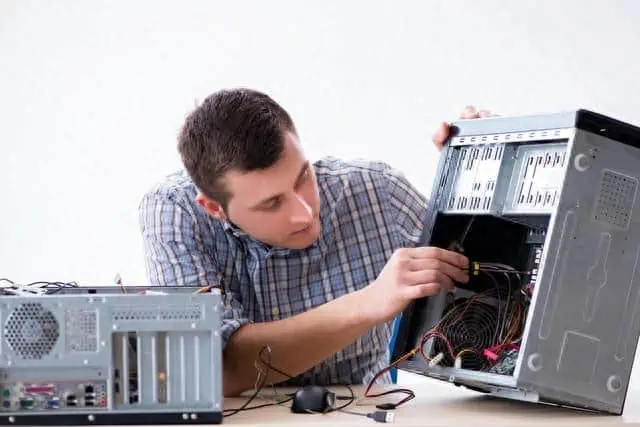1. Introduction to Computer Alarm Sounds
Computers play an integral role in our daily lives, yet encountering distressing issues such as beeping alarm sounds during startup can be quite alarming. Most users might panic when faced with such situations, not knowing where to start the troubleshooting process.
2. Identifying the Problem: Memory Module or Slot Issue?
When confronted with alarming sounds during startup, the primary suspects often include the memory module or the memory slot. Understanding the significance of these components in system functionality is crucial to effective troubleshooting.
Memory Module Impact on System Startup
The memory module’s role in initiating the alarm sound and its potential impact on the system’s startup process needs thorough consideration.
3. Step-by-Step Troubleshooting
To address this issue, a systematic approach is necessary. Begin by removing the memory module and delicately cleaning its golden contacts to ensure optimal performance.
Cleaning the Memory Module’s Contacts
A simple cleaning process involving erasers or soft tissues can be conducted to remove dust or debris from the memory module’s golden contacts. Reinserting the memory module post-cleaning is the next step.
4. Resolving Alarm Sounds: Potential Solutions
However, if the alarm persists even after cleaning and reinsertion, alternative troubleshooting methods must be considered.
Testing Different Memory Slots
Removing and testing the memory module in different slots can help identify if the problem lies within the memory slot itself, eliminating potential causes.
5. Memory Module Compatibility and BIOS Settings
Sometimes, the issue might stem from the memory module’s frequency being incompatible with the device, causing alarm sounds during startup.
Impact of Memory Frequency on Device Functionality
Understanding the correlation between memory frequency and system functionality is crucial in diagnosing and resolving alarm sounds during startup.
6. BIOS Update Process and Precautions
In scenarios where a BIOS update might be necessary for compatibility, understanding the steps and precautions during the update process becomes pivotal.
Updating BIOS for Compatibility Resolution
A step-by-step guide to updating BIOS settings and the precautions to avoid system failure during the update process.
7. Successful Troubleshooting and Conclusion
In conclusion, a systematic approach to troubleshooting computer alarm sounds related to memory modules or slots can lead to successful resolutions.
Importance of Troubleshooting Techniques
Emphasizing the significance of troubleshooting techniques in effectively resolving computer-related issues, ensuring smooth functionality.
8. FAQs (Frequently Asked Questions)
1. Why does my computer emit beeping sounds during startup?
The beeping sounds often indicate issues with the memory module or memory slot malfunctioning.
2. What should I do if the alarm persists after cleaning the memory module?
If the alarm continues, it might suggest damage to the memory module or improper insertion. Try testing the memory in different slots to eliminate potential slot failures.
3. Is a BIOS update necessary if the alarm sound persists?
In cases of high memory frequency causing issues, updating the BIOS might resolve compatibility problems.
4. How long does a typical BIOS update take?
A BIOS update usually takes around 5 minutes, but it’s crucial not to power off or shut down the computer during this process to avoid failure.
5. What if the problem still exists after updating the BIOS?
If the alarm persists after the BIOS update, considering replacing the memory module with a lower frequency variant could resolve the issue.



